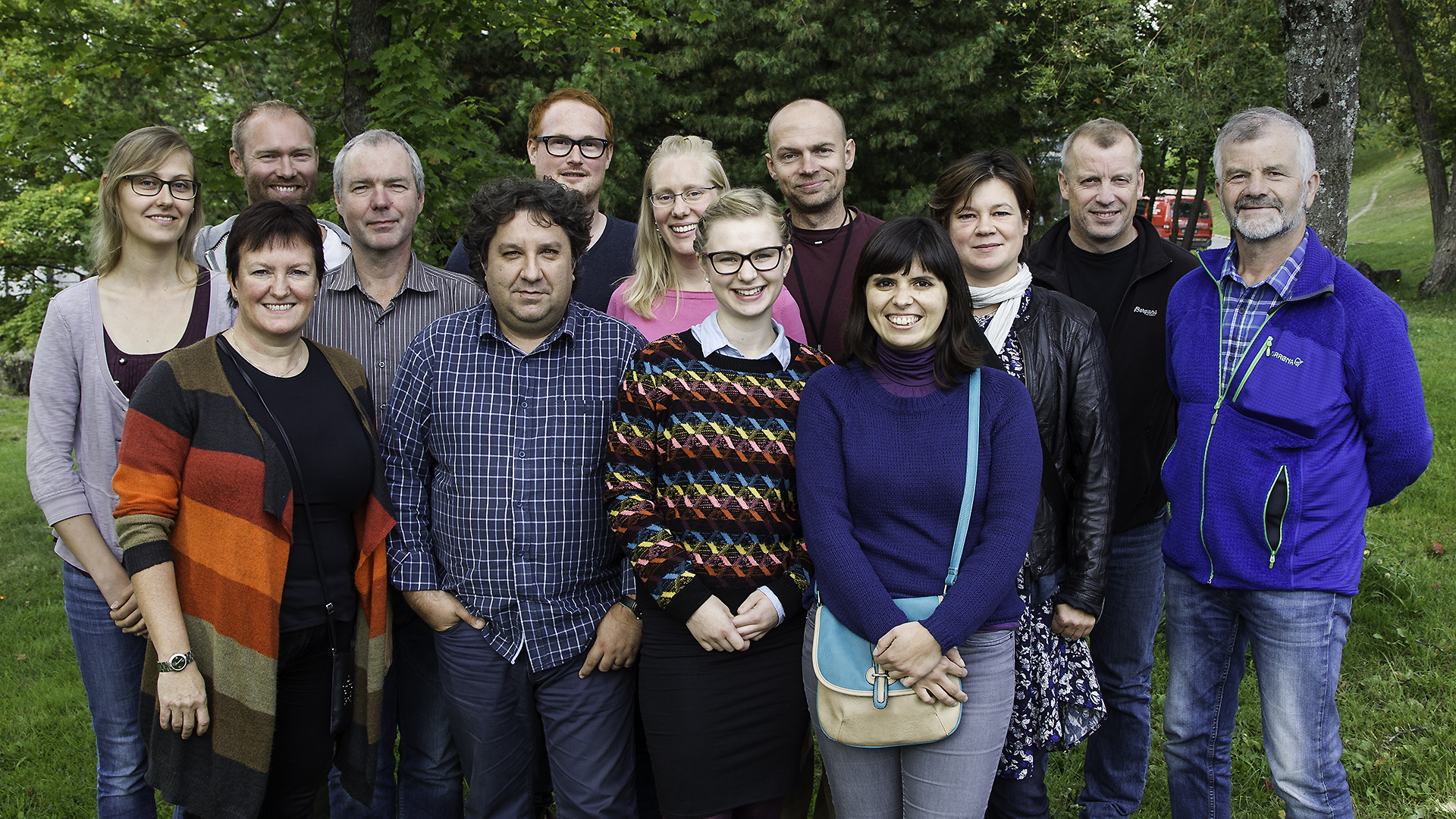The New Raptor project - Jaspers Lab - Individual and population effects of multiple stressors
The New Raptor project

The New Raptor project was a 4-year project (2014-2018) co-funded by the Norwegian Research Council and NTNU.
The project was a collaboration of national (NTNU, NINA, NILU) and international institutions (University of Antwerp, Belgium; Aarhus University, Denmark, University of Murcia, Spain).
The project aims were to study concentrations and effects of emerging organic pollutants in nestlings of white-tailed eagle (Haliaeetus albicilla) and northern goshawk (Accipiter gentilis) from Norway and Spain. The emerging pollutants included in the study were brominated-, chlorinatedand phosphorous flame retardants and perfluorinated chemicals as there was a lack of information available on the effects of those contaminants in wildlife species.
The project investigated the exposure and potential effects of both emerging organic compound and legislated persistent organic pollutants (POPs) in wild birds in their natural environment. To investigate the effects of emerging compounds individually and in mixture (cocktail) scenarios we also performed experimental exposure studies in the lab using the Japanese quail (Coturnix japonica) and the chicken (Gallus gallus) as model species. All personnel received approved training to work with animals in the laboratory and field, and all experiments were ethically approved.
The results indicate that the goshawks from Trøndelag were relatively more exposed to mercury and perfluorinated chemicals then those from Troms or Murcia (Spain). In general, most contaminants were found in higher concentrations in white-tailed eagles than goshawks, most likely due to the marine diet of white-tailed eagles. Concentrations of perfluorinated chemicals were higher than the legacy POPs in both species, and the emerging flame retardants were found to be generally low. Preliminary results indicate interactions between the investigated POPs and perfluorinated chemicals and health biomarkers (endocrine and immune) in white-tailed eagles. The experimental study on chickens exposed to perfluorinated chemicals during their development in the egg found effects on heart rate and liver size in the exposed embryos. Therefore, perfluorinated chemicals seem to be of concern both in terms of exposure and effects, while the exposure and effects for emerging flame retardants were found to be of less concern in our studies.
Our project also resulted in several recommendations for future biomonitoring studies using birds of prey:
- The importance to consider age and diet when studying nestling birds of prey.
- The use of stable isotopes to correct for individual differences in diet of nestling birds of prey.
- The usefulness of feathers for biomonitoring internal concentrations of PFRs, nBFRs and PFASs needs further in depth investigation, and is at present not recommended.
- Nestling birds of prey are exposed to high levels of PFASs and these compounds have shown previously to have a toxic potential in birds. Therefore, the further biomonitoring and effect study of PFASs in these birds is highly recommended.
